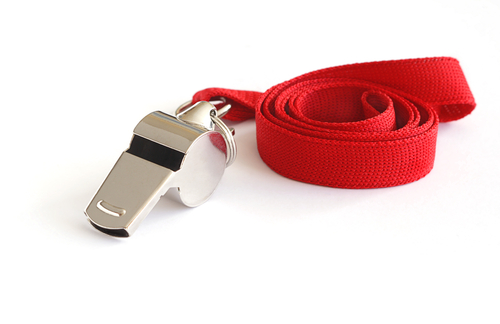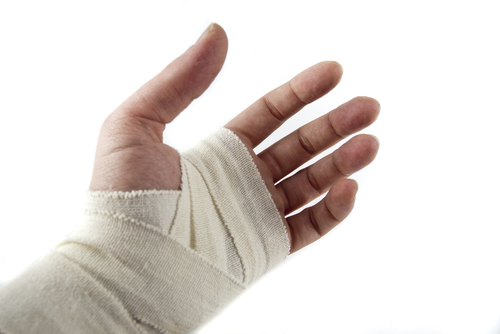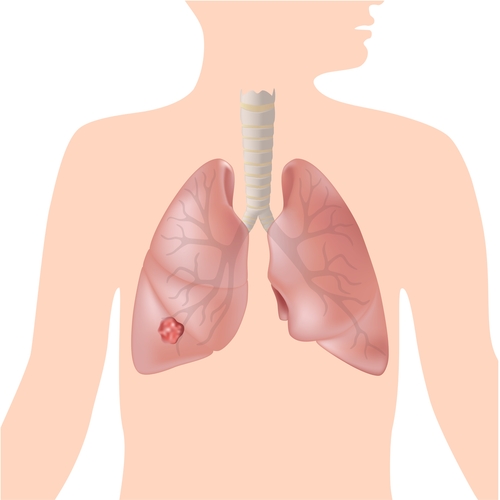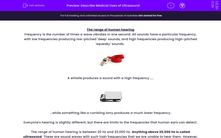The range of human hearing
Frequency is the number of times a wave vibrates in one second. All sounds have a particular frequency, with low frequencies producing low-pitched 'deep' sounds, and high frequencies producing high-pitched 'squeaky' sounds.

A whistle produces a sound with a high frequency ....

...while something like a rumbling lorry produces a much lower frequency.
Everyone's hearing is slightly different, but there are limits to the frequencies that human ears can detect.
The range of human hearing is between 20 Hz and 20,000 Hz. Anything above 20,000 Hz is called ultrasound. These are sound waves with such high frequencies that we are unable to hear them. However, these waves have everyday uses, especially in hospitals.
Ultrasound for producing images
One of the most common uses of ultrasound is to look inside the human body. In a hospital, a doctor or a nurse sends a 'pulse' of ultrasound waves into the person's body, which is then reflected back to the surface of their skin. These reflections are then turned into an image on a computer screen. This is a much safer way of looking inside the body than cutting you open! Using this method to look at a baby inside a mother's womb is the type of ultrasound imaging that most people are familiar with.
In the photograph above, a mother is having a scan of her unborn baby. Ultrasound does not harm the mother or the baby, so it is much safer than using x-rays, which can damage cells.
Ultrasound imaging can also be used to measure blood flow in a patient's blood vessels. It uses the same concept of baby scans, by sending a pulse into the blood vessel and building an image based on the reflections that bounce back. This is particularly useful for checking if an artery is blocked.
Ultrasound for treating pain and illness

Ultrasound can be used in physiotherapy, as it can be applied to a patient's muscles. When a pulse of ultrasound is directed at a patient's body, the energy from the ultrasound wave transfers heat energy to the muscles. This will treat pain by reducing swelling and allowing tissue to heal faster.

Furthermore, ultrasound, when delivered with enough power to a very small area, transfers enough energy to break up and destroy damaged tissue. In this case, ultrasound waves with a higher frequency (and therefore greater energy) are used, compared to the ultrasound waves that are used for producing images inside the body.
Examples of this use of ultrasound range from breaking down kidney stones, to even destroying cancer cells. In the diagram above, a patient has a small tumour in their lung. This is an example of cancer cells that can be targeted with ultrasound. It is an effective method, as it does not require the body to be cut open, and it does not damage the surrounding, healthy cells.
So you can see that ultrasound is a very useful medical tool.
Are you ready to try some questions now?









